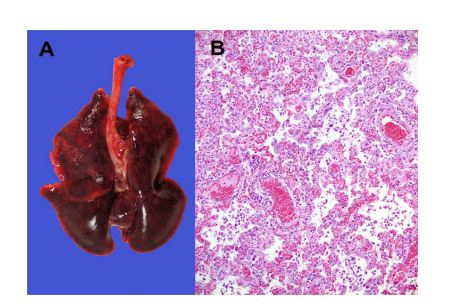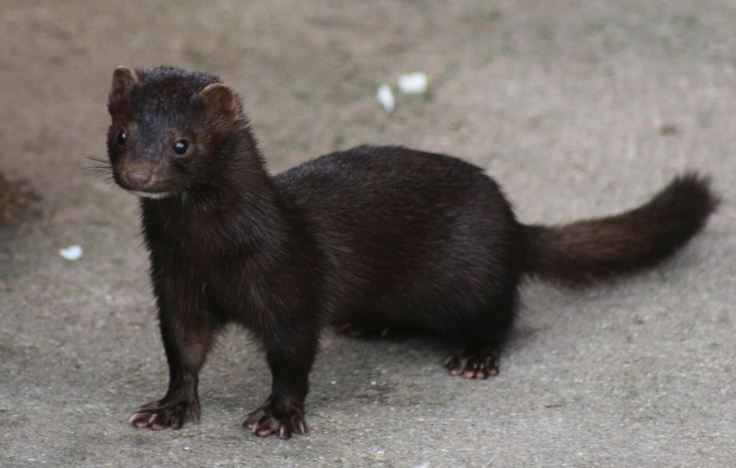The Netherlands has decided to check all mink farms in the country for the coronavirus after recent research found an individual can probably catch the virus from infected minks. The Dutch government said in a statement that minks will be screened for antibodies.
A genetically strain of SARS-CoV-2 that has been circulating among minks was found in a farm worker suggesting infected animals were the source. In more than 130 Dutch farms, semi-aquatic coronavirus mammals are raised for their soft pelts. As per the study, the pandemic virus in minks was probably introduced by an infected person.
The researchers are monitoring the outbreak to locate its persistence, said Marion Koopmans, head of viroscience department at Erasmus University Medical Center in Rotterdam. "Does it burn out on the farms? I think that's the biggest question," he said in a Bloomberg interview.
COVID-19 History of Mink Farms

The outbreak in minks began around April 19 when a respiratory disease was observed in two farms located in the province of Noord-Brabant. The mortality rate by the end of month reached up to 2.4 percent in one farm and 1.2 percent in another. Organs like lungs, throat swab, conchae and rectal swab were collected for qPCR (quantitative polymerase chain reaction) analysis from a total of 36 animals who died in April. Viral RNA was detected in throat swabs of all 36 necropsied animals, rectal swabs in 34, liver in one, and intestine in three.
When interviewed by public health service officials, one worker had symptoms since the beginning of April in a farm but was not tested for viral infection. In another farm, one worker was found to be diagnosed and hospitalized on March 31.
In both the farms, animals are kept with non-permeable partitions between cages which excludes the possibility of direct contact as mode of transmission. The researchers suggest indirect transmission between the minks could be through infectious droplets generated by infected animals or contaminated dusts from bedding. Viral RNA was detected when inhalable dust in the air was collected from three locations using Gilian GilAir pumps.
Suggestion

The study clearly suggests airborne inhalable dust or droplets as the means of transmission between minks and workers on the farms. "Humans working in the mink houses are exposed to virus, indicating the need for infection prevention among workers and other biosecurity measures to prevent onward spread of the virus from the affected mink farms," said the researchers.








